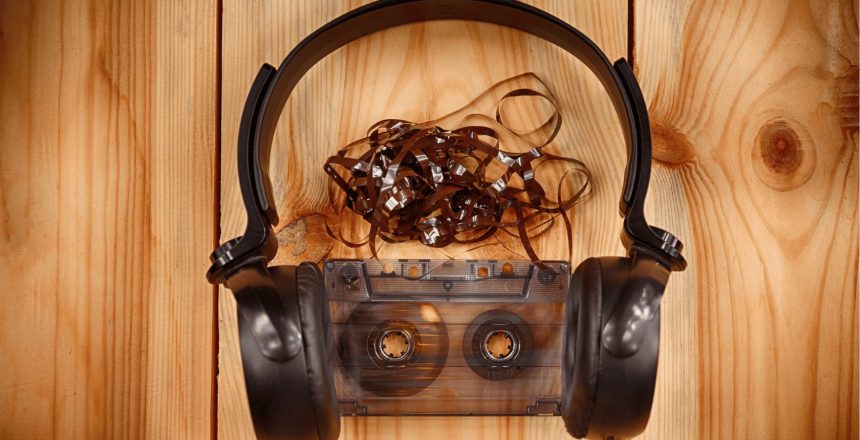Crafting songs for film music and television is a whole different ballgame. It’s an art form that requires a special set of skills. Sure, lyrics are important, but let’s not forget about the melodic and harmonic elements. They play a vital role in boosting the visual storytelling. So, in this blog, we’re gonna dive into some advanced techniques to create melodies and harmonies that perfectly complement the visuals. Whether you’re scoring for a film or a TV soundtrack, these tips got you covered.
Get Your Research Game On
Time to hit the books! Researching the film or TV series can give you valuable insights into the required musical style. Check out past soundtracks or musical elements used in the show. They’ll be your guiding light in understanding the overall musical direction.
Take Inspiration from the Greats
Let’s give a nod to the legends who came before us. Referencing past soundtracks or musical elements used in the series or film can inspire you and give you an idea of what kind of film music will work best for the visuals. Keep an ear out for the instrumentation, melody, and harmony used in those previous soundtracks. Let them guide your own musical creations.
Study the Scene
Make sure to study the scene you’re scoring. Pay close attention to the mood, pacing, and tone. Feel the emotions that the characters are experiencing. This will help you create melodies and harmonies that fit the visuals like a glove. Your musical backdrop will enhance the visuals and convey the emotions of the scene accurately.
Make Those Visuals Pop
Great music add some flavor to the visuals. Incorporating instruments or melodic moments that enhance the visual experience can add depth and meaning to the film music. Picture this: using bells to represent snowfall or dreamy arpeggios for a dream sequence. It’ll take the audience on an immersive journey they won’t forget.
Start Soft, Build it Up
A great trick for building up tension is to start with a soft dynamic and gradually build up the intensity. Begin with a simple melody and then add more instruments and intensity as the scene becomes more important. This will amp up the emotions, especially for those crucial scenes.
Let the Emotions Flow
The melody and harmony are the superheroes of emotions in a scene. Take a chase scene, for example. It needs an intense melody with driving rhythms like pounding chords to create urgency and danger. On the other hand, a romantic scene thrives on a tender and flowing melody with gentle harmonies.
Writing music for film and television is a whole new ballgame. These tips are like your secret weapons to take your compositions to the next level. Remember, always keep the story and visuals in mind. Let your music tell its own story and captivate the audience. Now, go forth and create film music that will mesmerize and enhance the visual experience. You got this!





